Femoral Nerve Tension Test
Definition Purpose Clinically Relevant Anatomy Technique FAQs
Definition Purpose Clinically Relevant Anatomy Technique FAQs
Introduction The technique of Examination of Waddell signs include Waddell’s sign 8 clinical signs are isolated into 5 general classifications that incorporate Indications Precautions Evidence FAQs
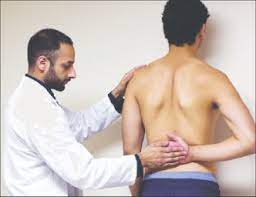
Lift – off sign test of the shoulder is used by to doctor or therapist to examine the weakness of the subscapularis & tightness of the subscapularis. Introduction The Liftoff sign’s purpose How is the Liftoff sign performed? Changes to the Liftoff sign? How can this lift-off test be accurate? FAQs
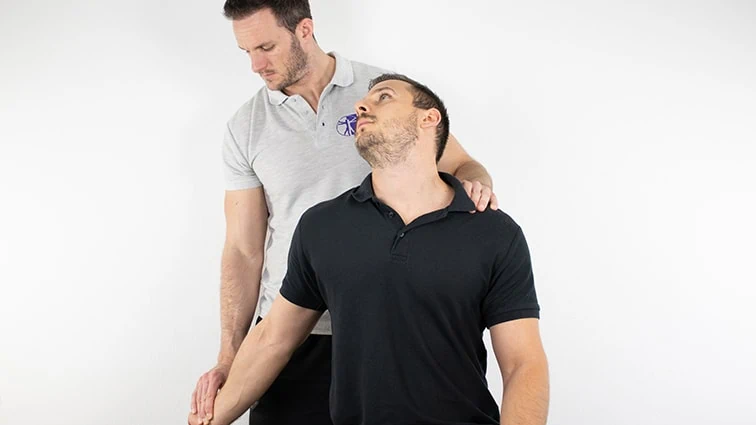
Purpose Technique FAQs
Definition The Arm Squeeze Test is a clinical examination test used to distinguish shoulder disease from cervical nerve root compression to differentiate diagnosis. When the middle third of the upper arm is compressed or squeezed, nerve compression syndrome typically becomes agitated. Clinical Relevant Anatomy Purpose Technique Results if the patient reports a score of 3…
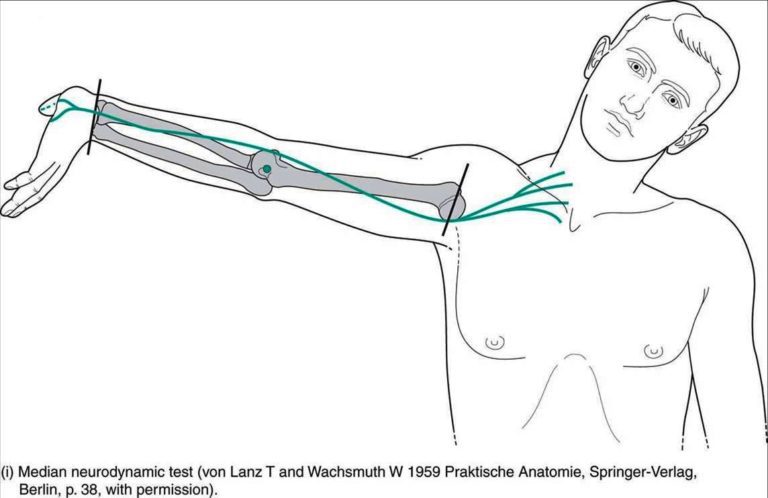
Introduction Purpose Technique A few general points to keep in mind while taking the test Positive Test Upper Limb Tension Test 1 (ULTT1, which measures compression of the Median Nerve) is as follows: Upper Limb Tension Test 2A (ULTT2A) Upper Limb Tension Test 2B (ULTT2B, for checking radial nerve compression) Upper limb tension Test 3…

Introduction Sensory integration therapy (SIT) is a form of Physical therapy that helps people with sensory processing difficulties integrate and process sensory information from the environment effectively. Sensory processing refers to the way our nervous system receives, interprets, and responds to sensory information. This therapy aims to help individuals with sensory processing difficulties regulate their…
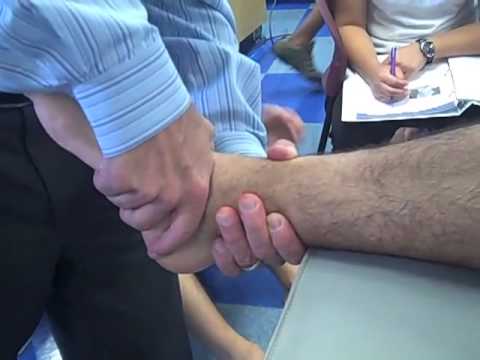
Foot, as well as Ankle Assessment, is of crucial importance for the clinical diagnosis of painful conditions of the foot and ankle. Assessment Aim Subjective Training history Special Questions Objective observation Posture assessment Palpation Neurologic Assessment Vascular Assessment Movement Testing Visual Analogue Scale (VAS) Foot as well as Ankle Ability Measure (FAAM) Functional Tests Single…

The list Of Muscle Relaxant are divided mainly into 2 groups such as neuromuscular blocking agents and skeletal muscle relaxants. How do muscle relaxants work? Types of the muscle relaxant Types of muscle relaxants For more information, please see the drug classes listed below. Neuromuscular blocking agents What exactly are they? Drug Name Anectine(Pro) Mivacurium…
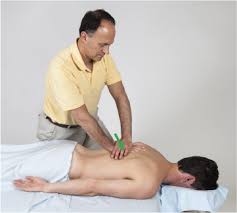
Introduction Thoracic Examination is an important part of diagnosing thoracic spine-related conditions such as Kyphosis, scoliosis, and others. Examination of the thoracic spine helps to rule out other related conditions and make a treatment plan more specific for a speedy recovery. In the Thoracic examination, the Physiotherapist checks the medical and family history of the…